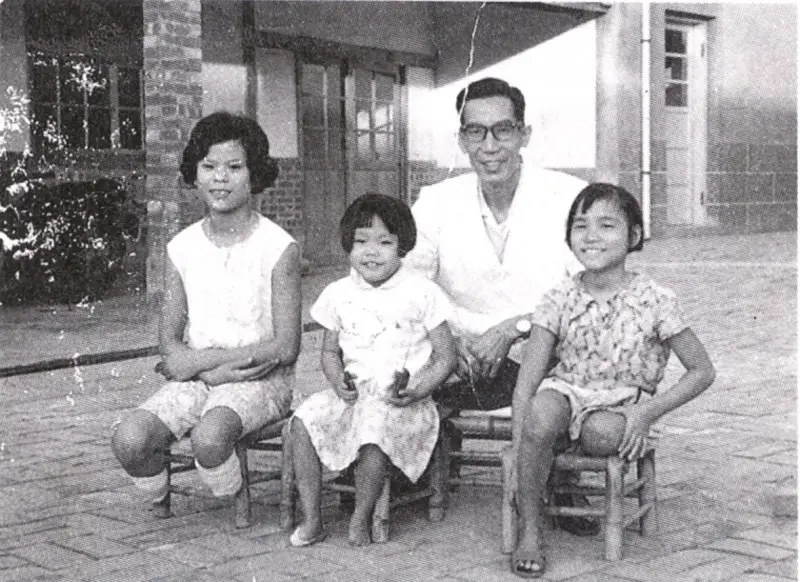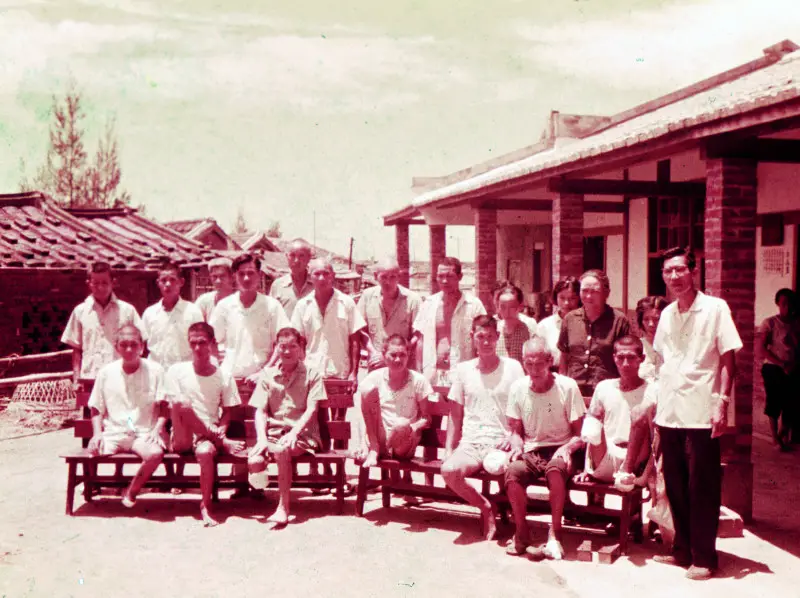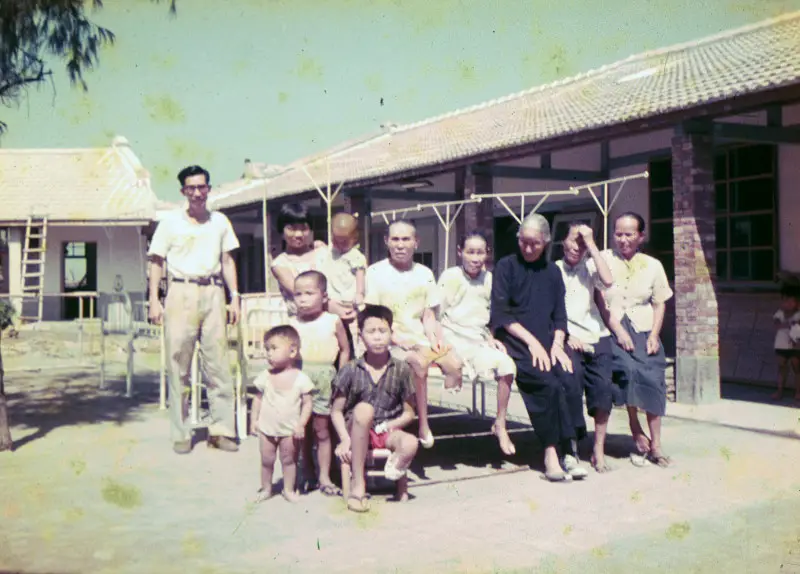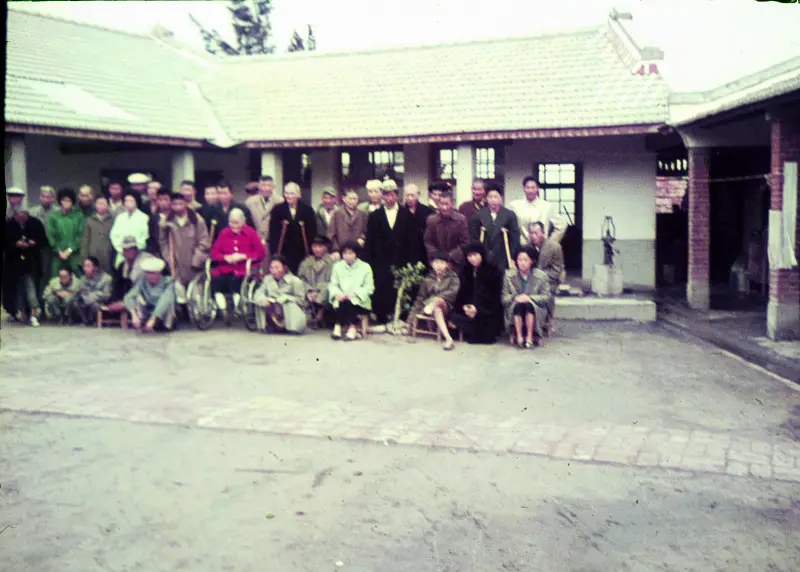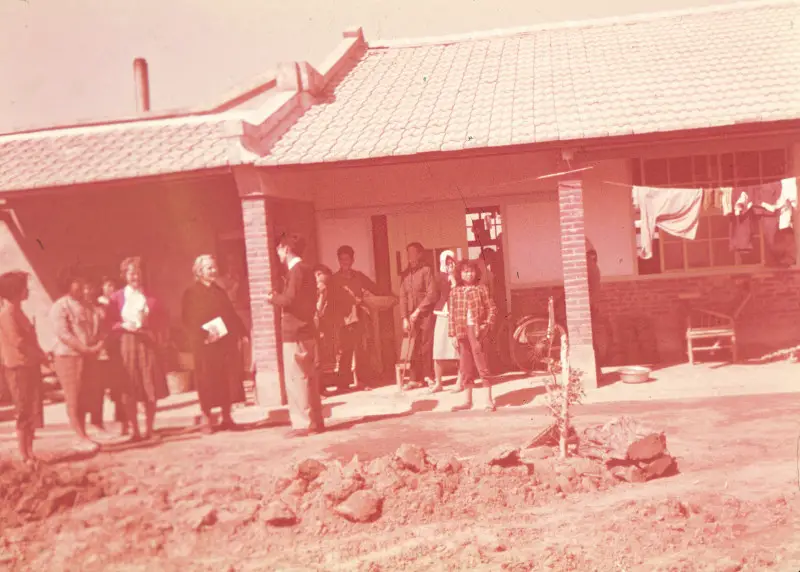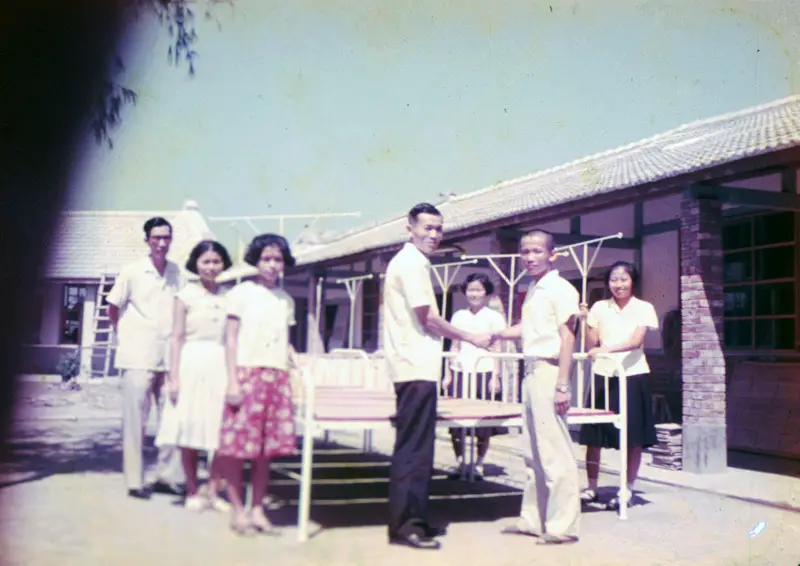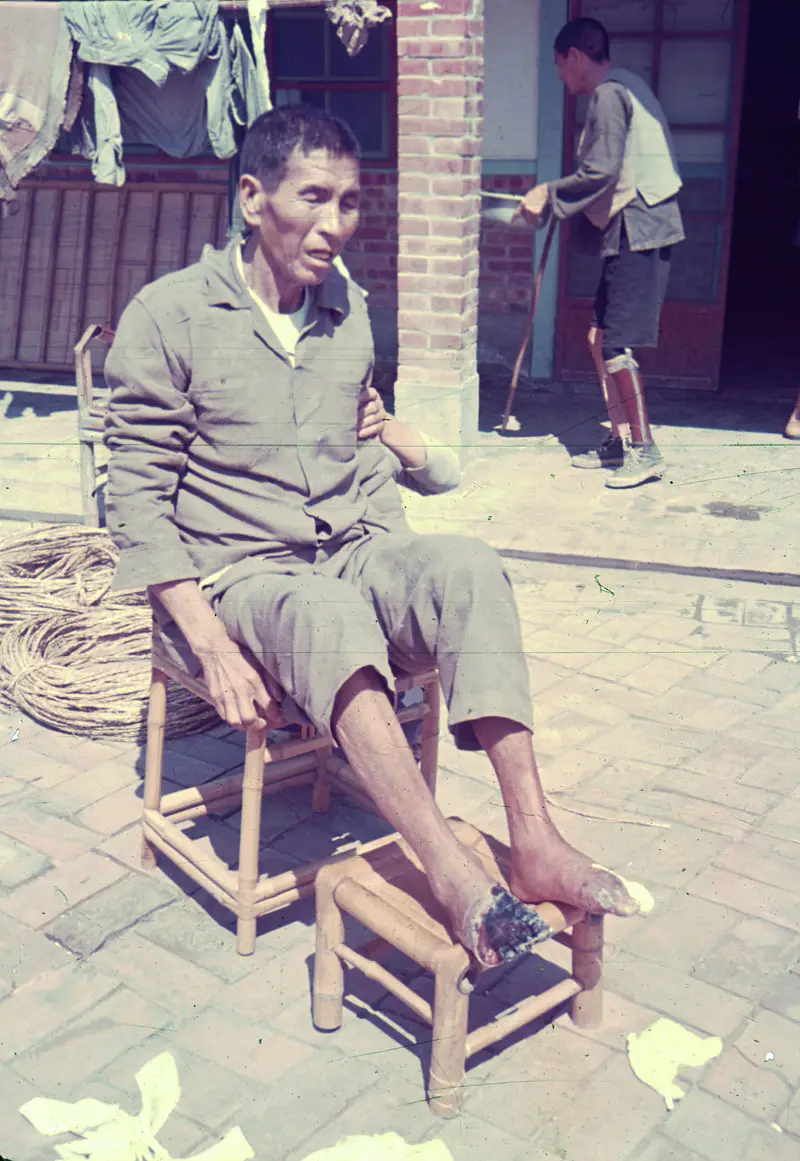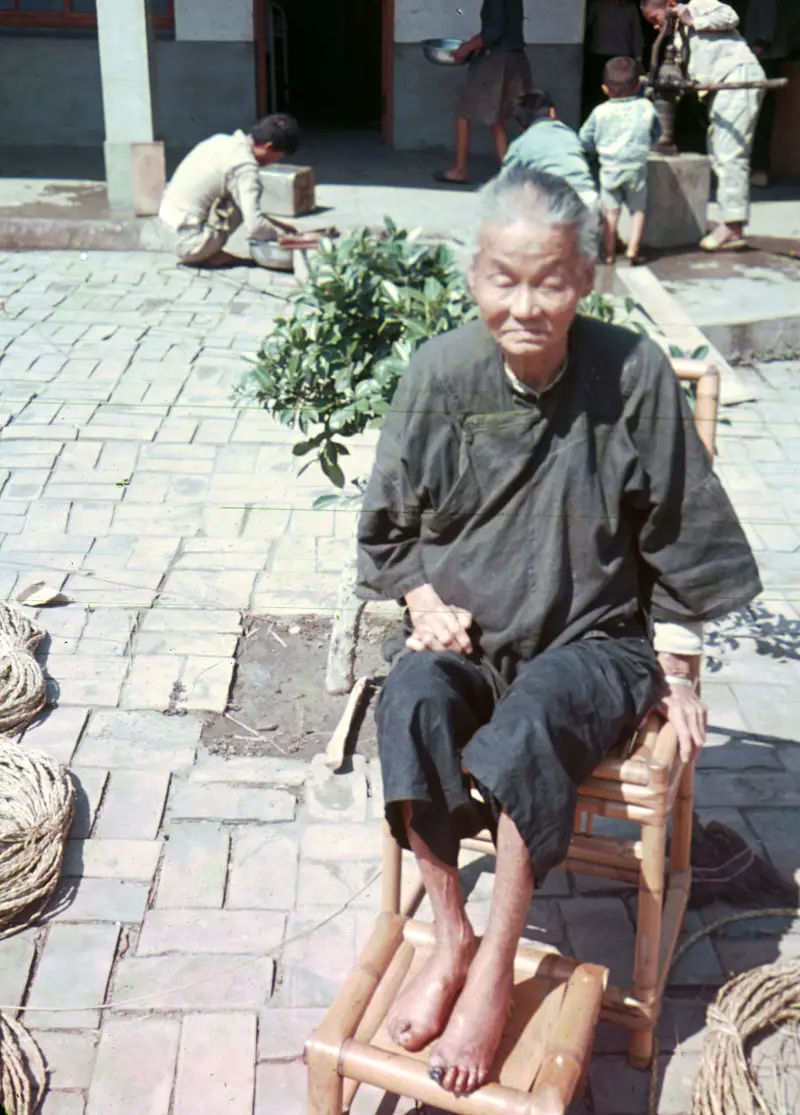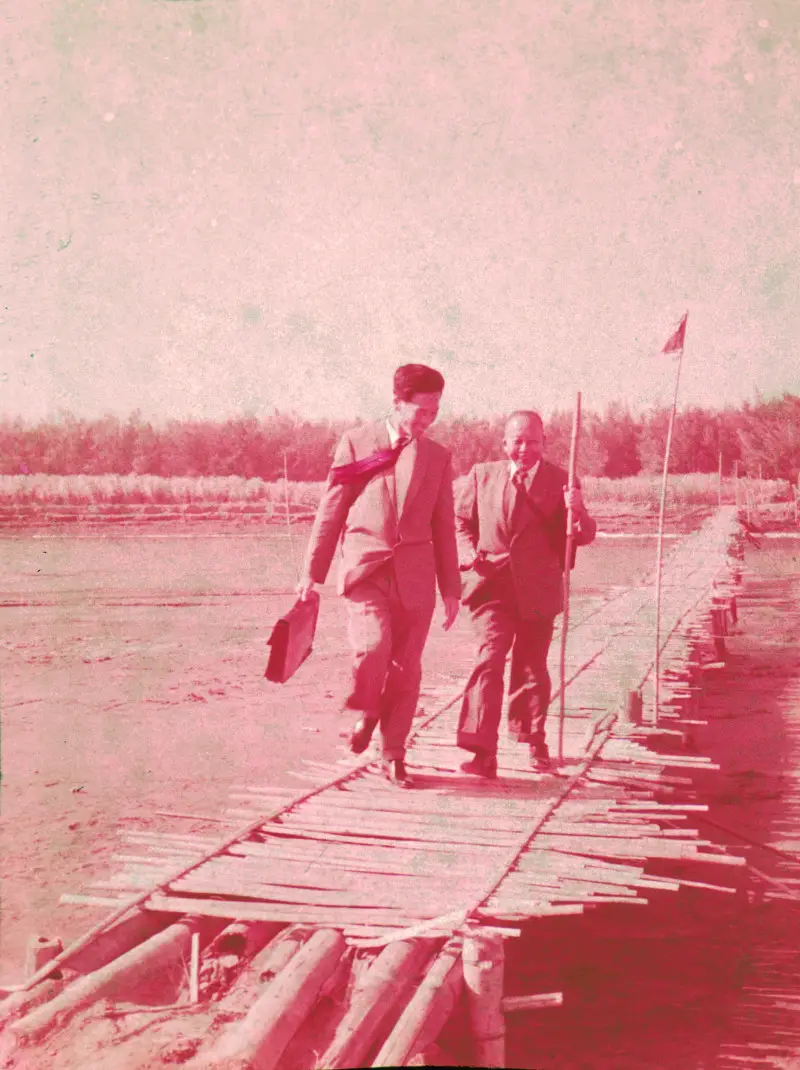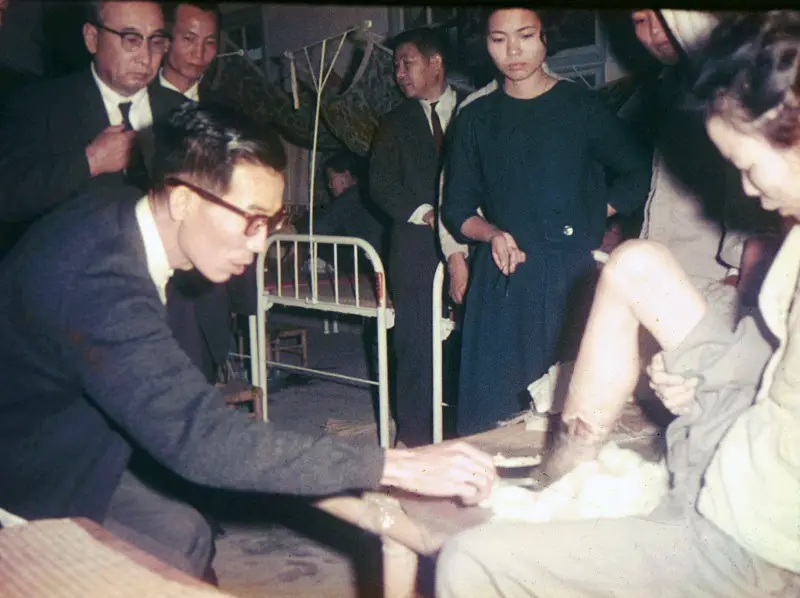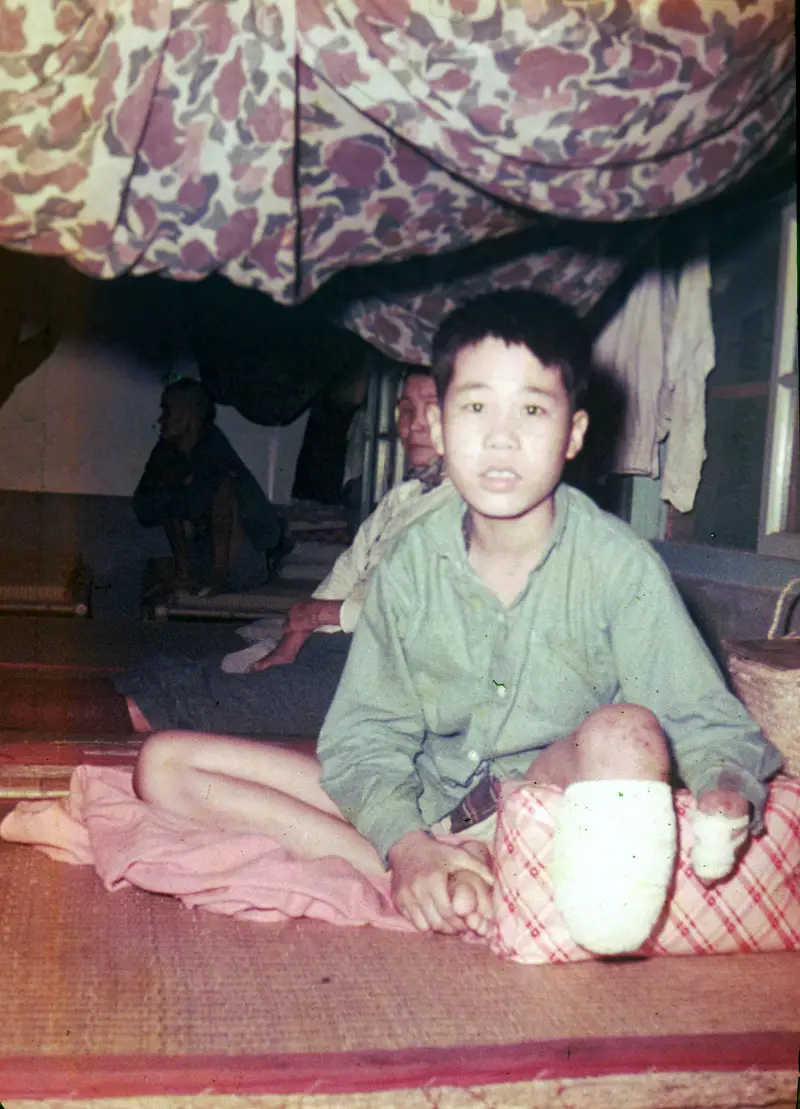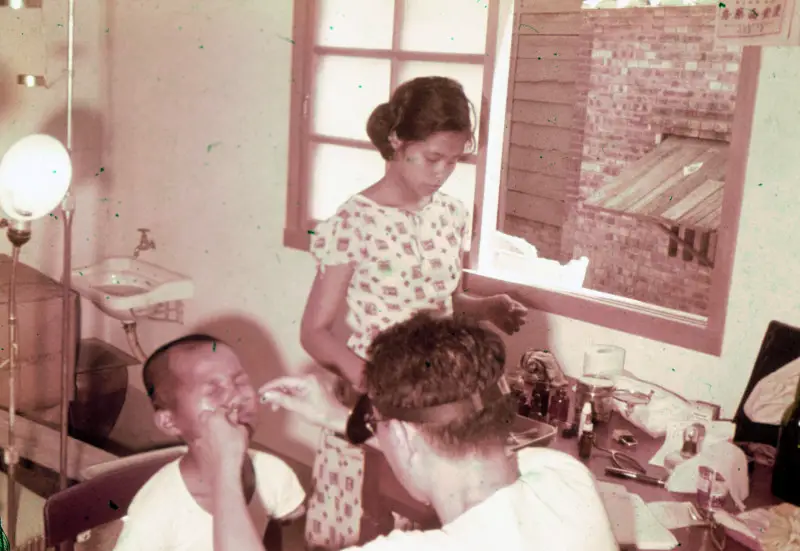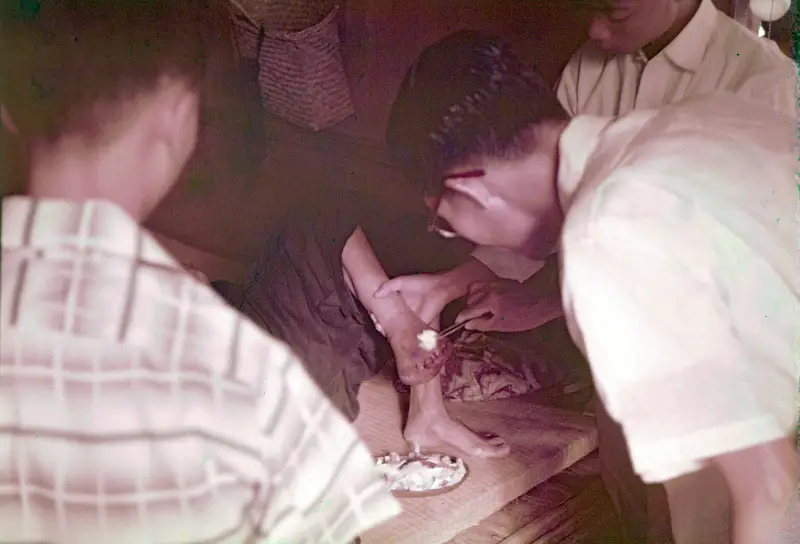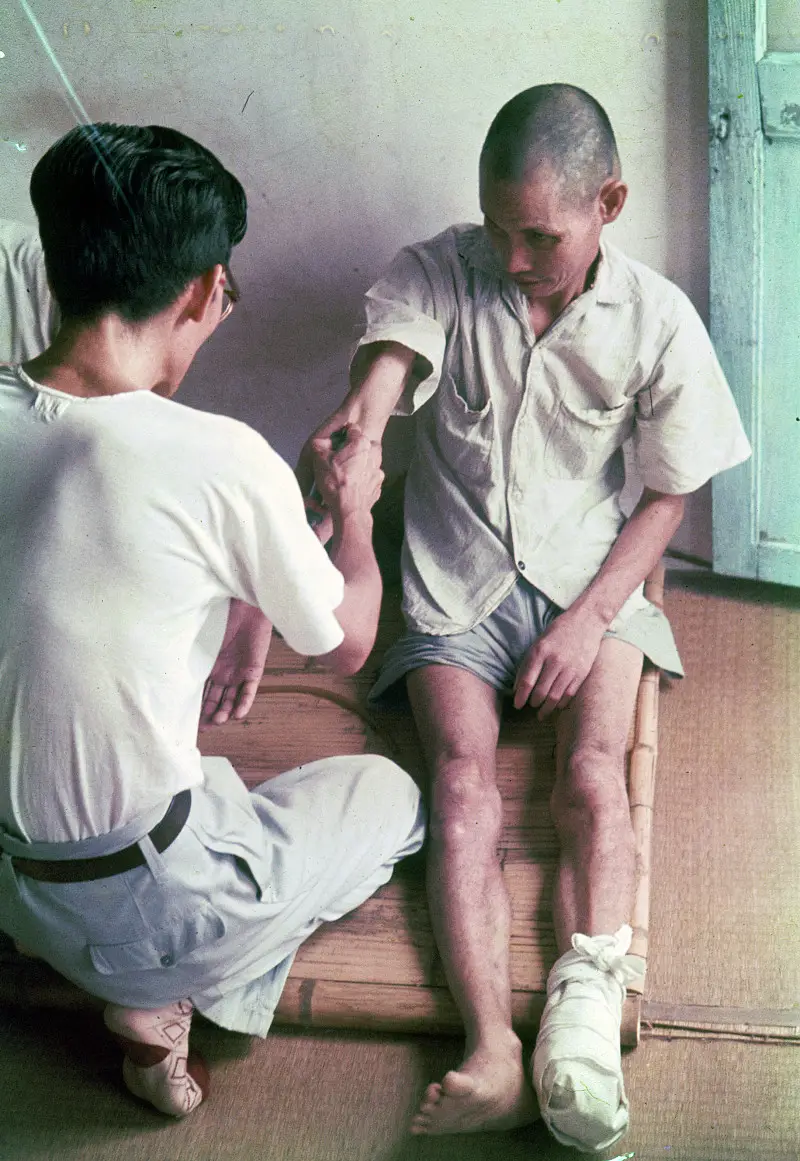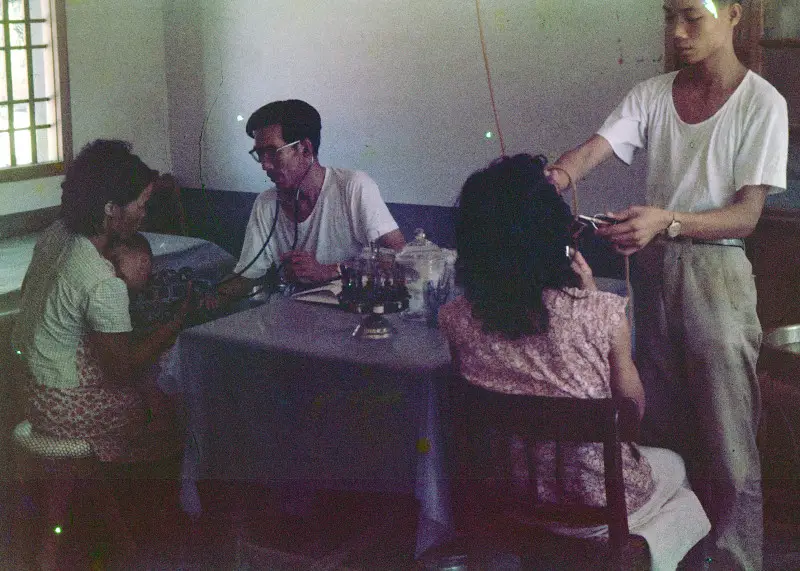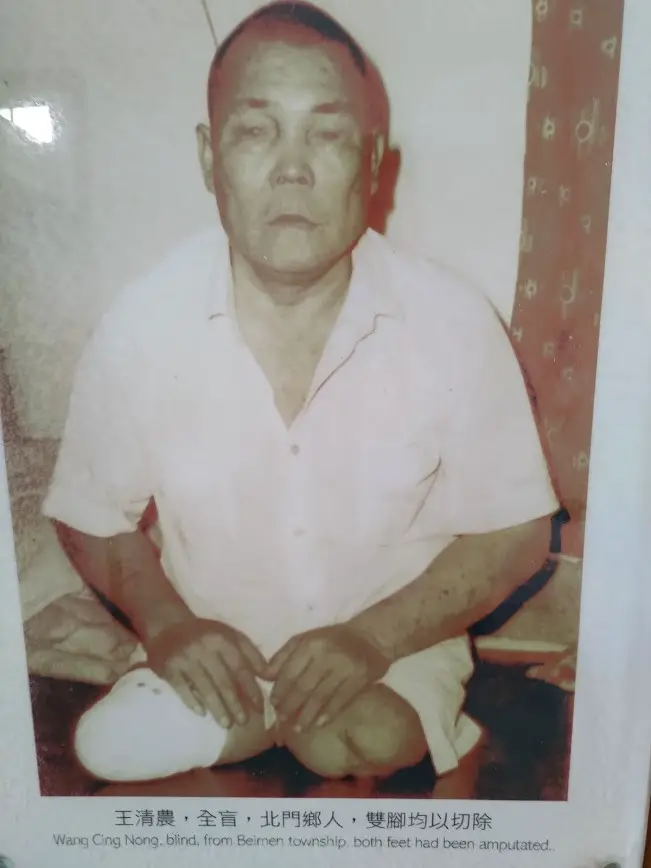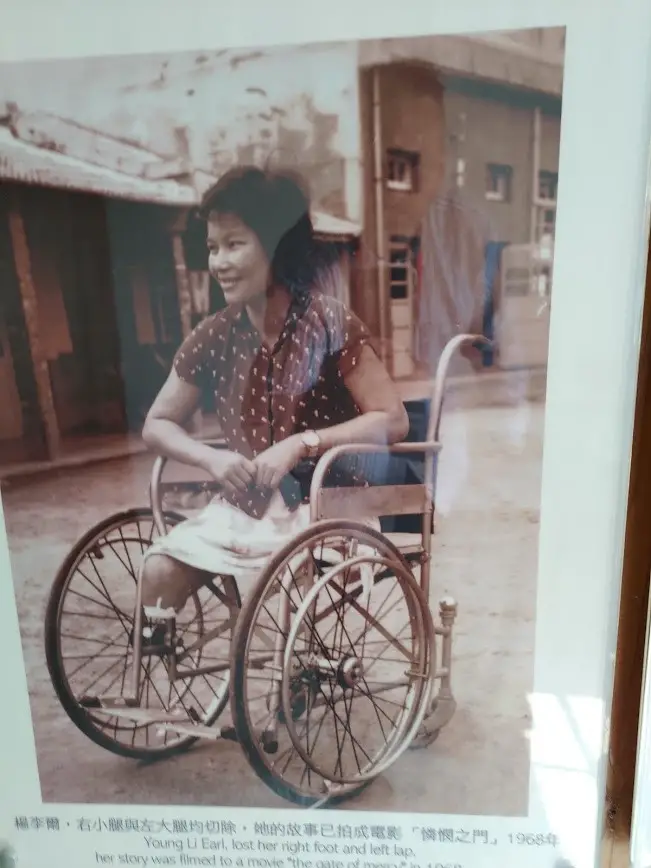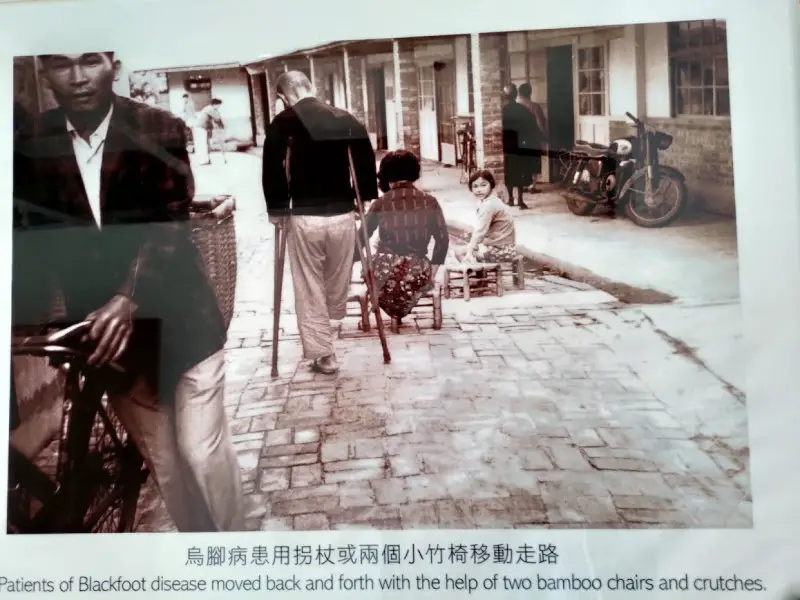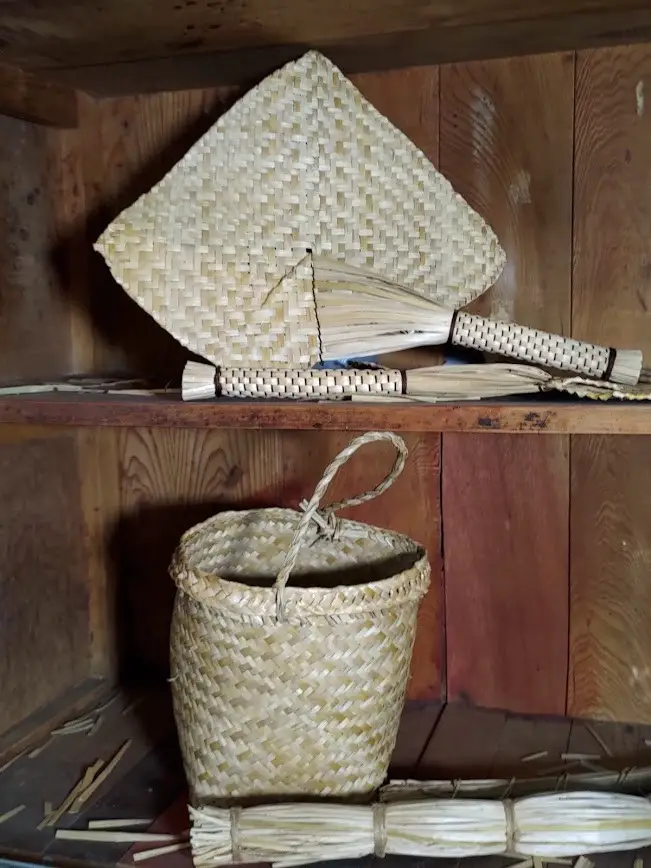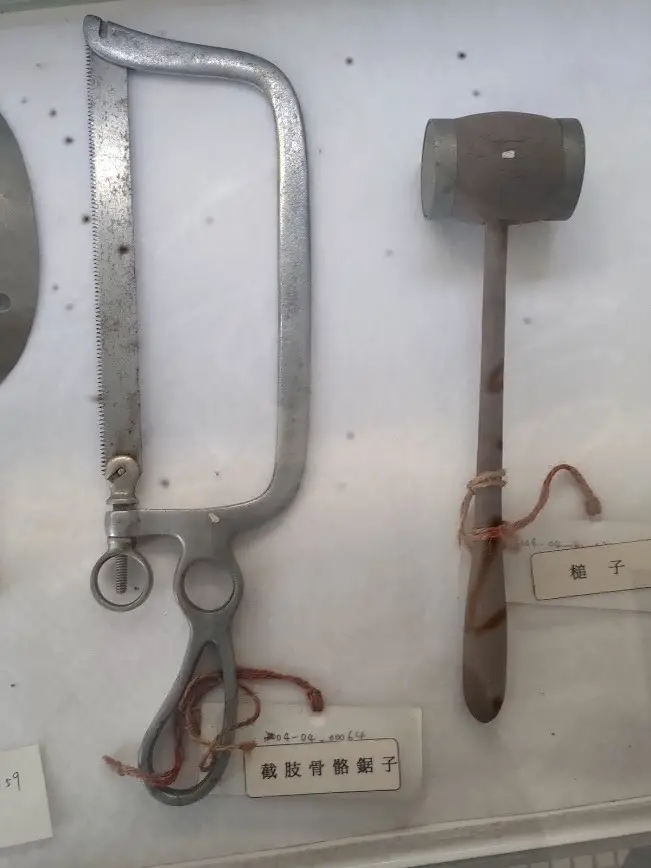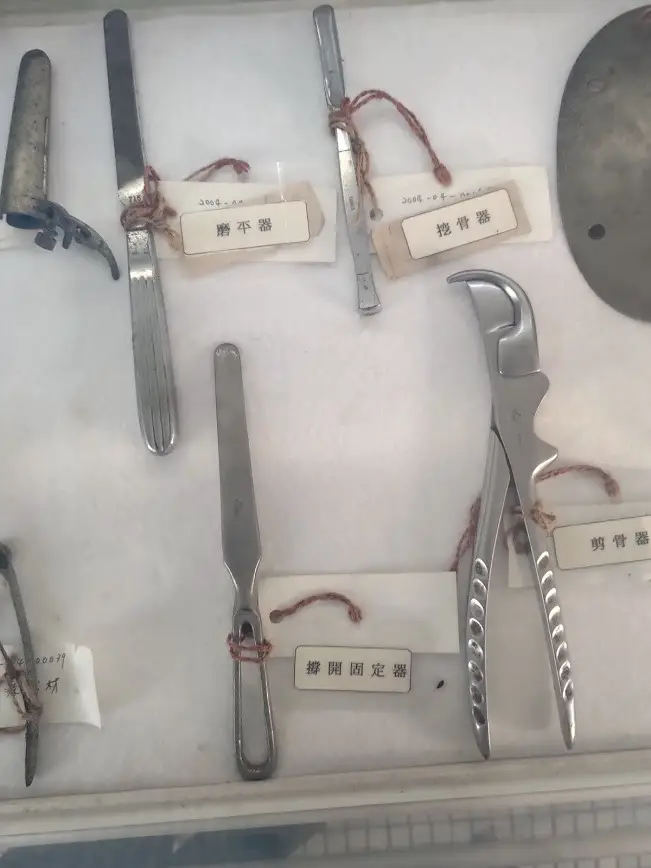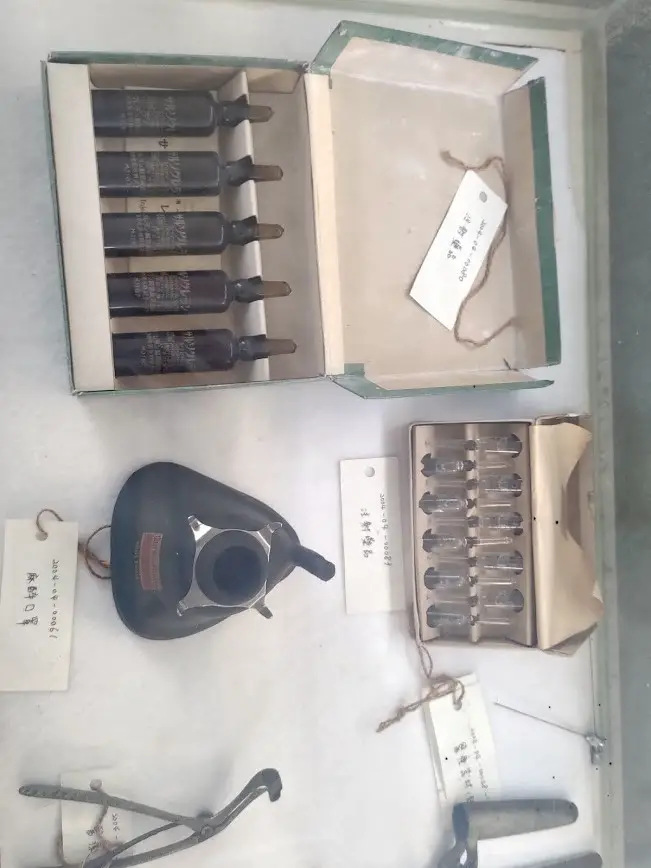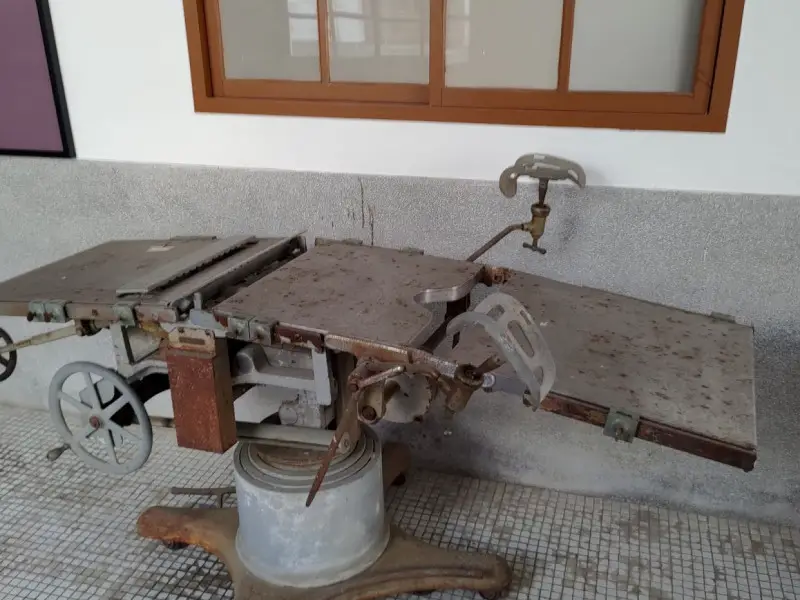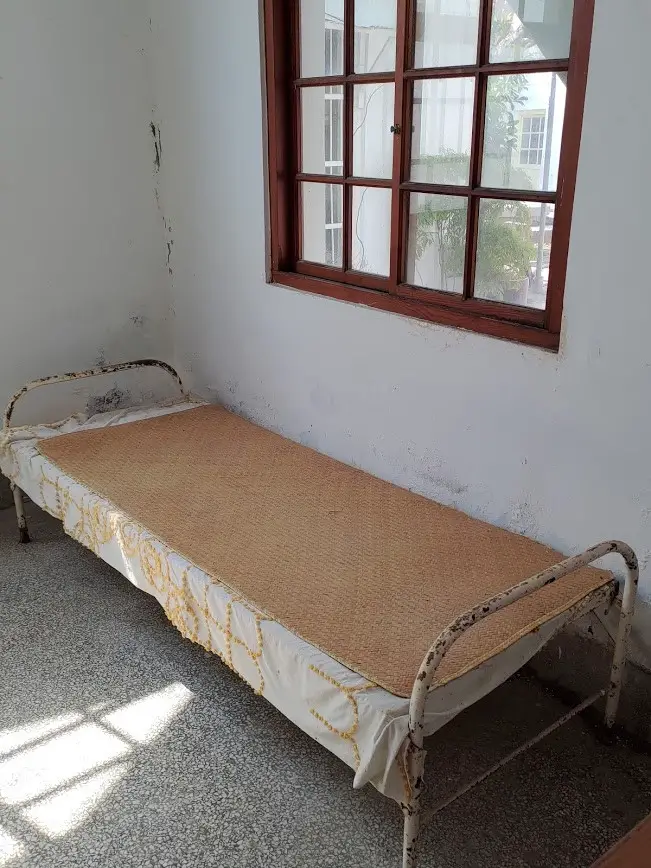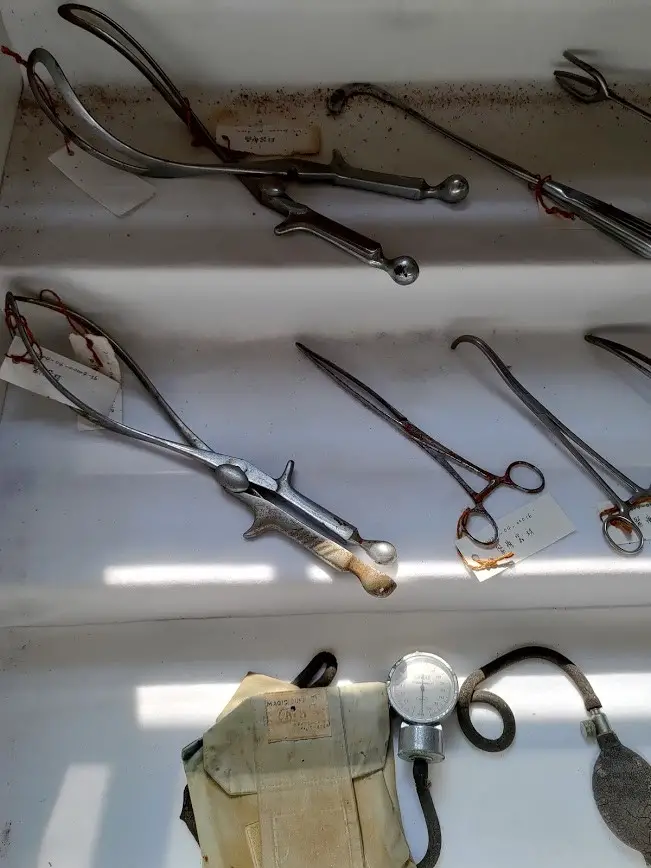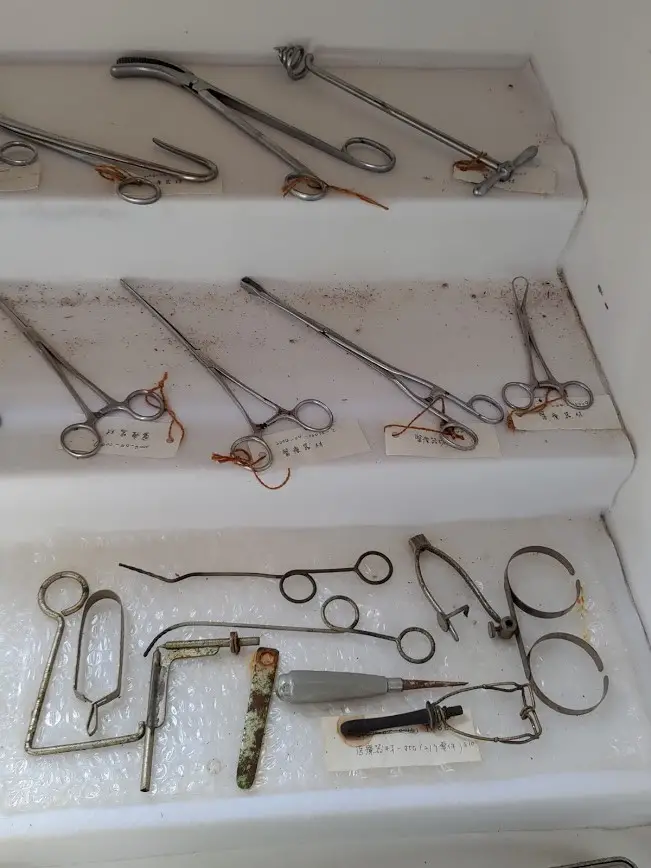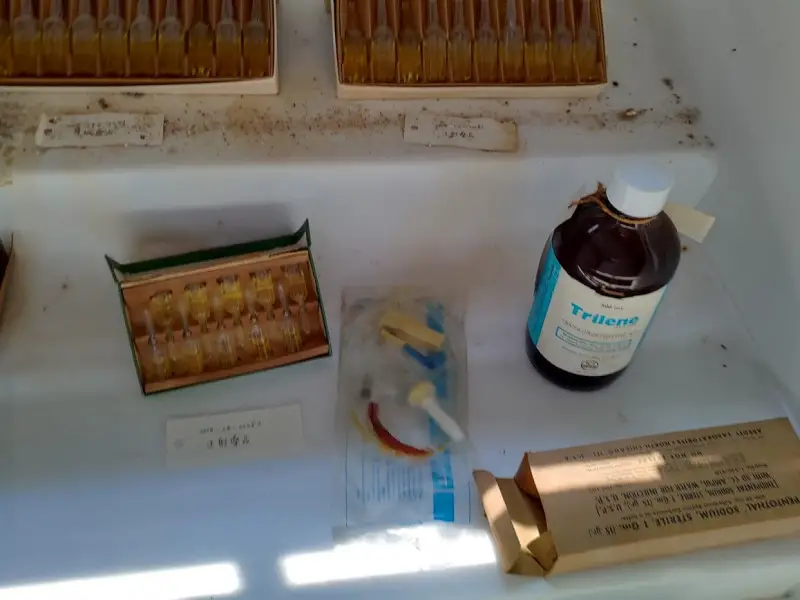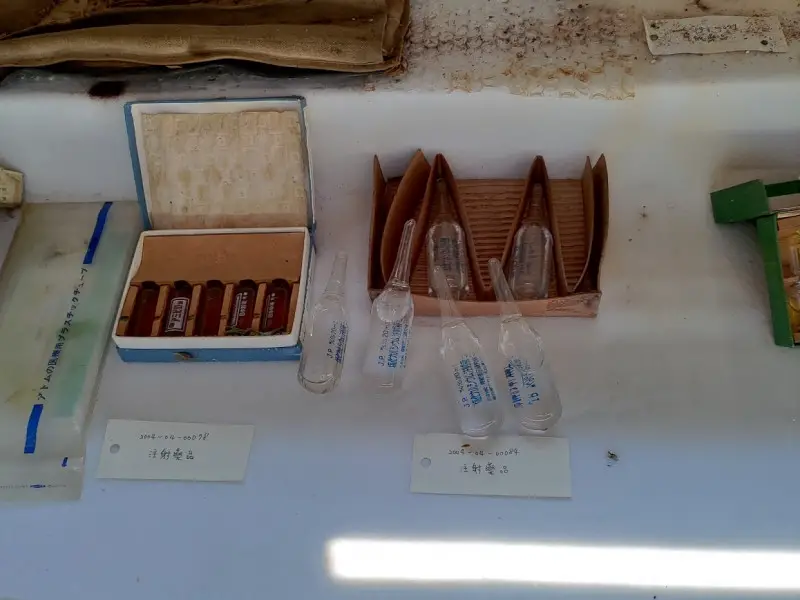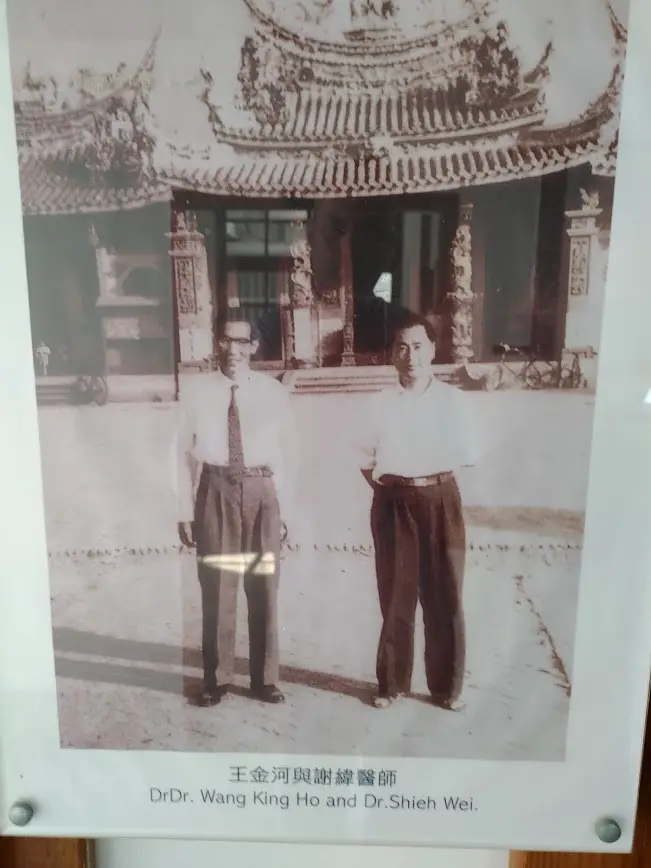We first discovered Blackfoot Disease in 2015, when we met Mr. Yen, a homeless man in Taichung City. He was suffering a horrible plight, homeless, and about to have both legs amputated at the knees, due to severe black foot disease. This led us to Mary Wang at the Blackfoot museum, daughter of the late Dr. Wang. An expert on the subject, she also has an incredible spirit that radiates kindness, and she continues to spread that kindness just as her father did for so many decades. A visit leaves one with mixed emotions, a chilling story with unimaginable suffering, but also one of hope, compassion and kindness. The light in the darkness, inspiring.
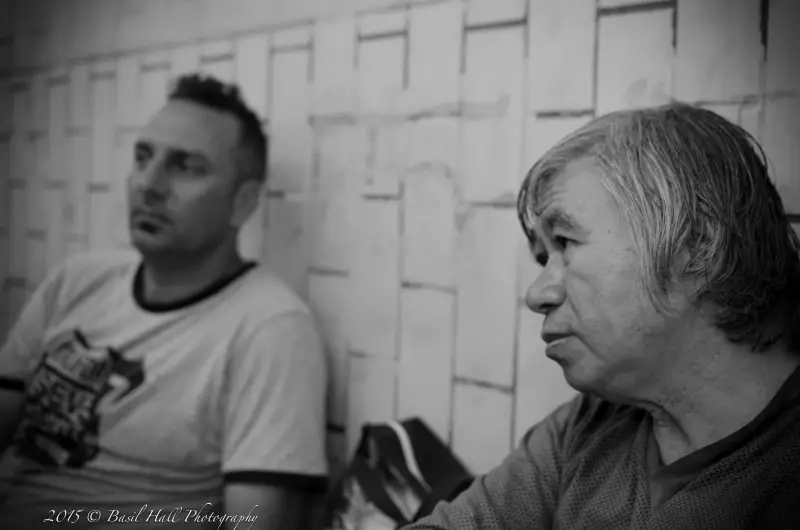

What is it?
Blackfoot disease is endemic to Taiwan, and has no cure. The blood vessels are severely damaged, leading to gangrene, and amputation. It mostly affects the legs and feet, but can also affect the hands. Around 30% of patients have amputation a second time. Patients’ systems are weakened, making them susceptible to other illnesses, and causing great psychological stress, which often resulted in suicide, by hanging. Arsenic poisoning was the cause. Arsenic can be organic or inorganic, both occur naturally, with inorganic being highly toxic. In Taiwan, contaminated water used for drinking, food preparation, and irrigation caused over 2000 cases of the disease. At that time, Taiwan’s water infrastructure was underdeveloped, so people would dig wells. In the affected areas, the wells went deeper to avoid salt-water. Awareness of such a plague was, and still is, low, it was unprecedented, and the disease has delayed health effects. It could take 5-20 years before one realizes they are sick. Arsenic is also used in several industrial processes. Although no new cases have been reported in decades, there are people still living with Blackfoot disease in Taiwan. Arsenic poisoning can also cause cancer, kidney failure, heart attacks, and have negative impacts on cognitive development, intelligence, and memory. Boiling water does not kill arsenic.
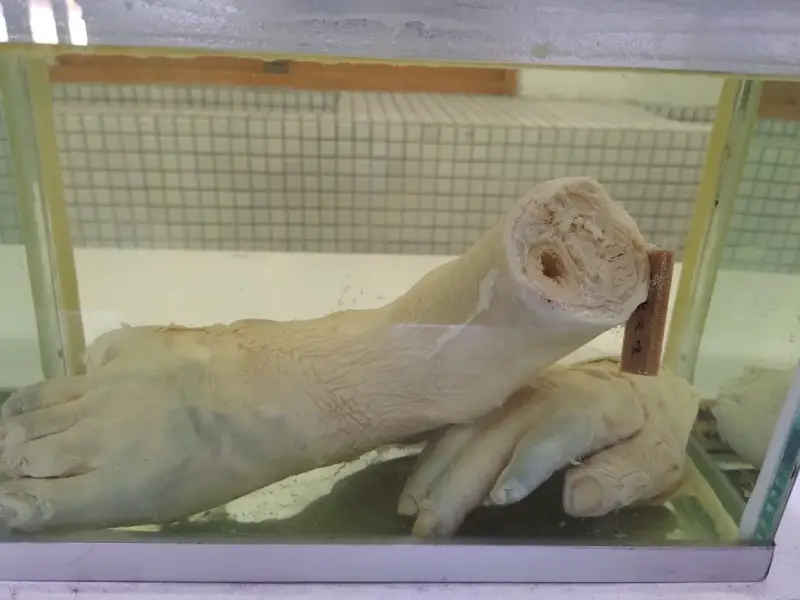
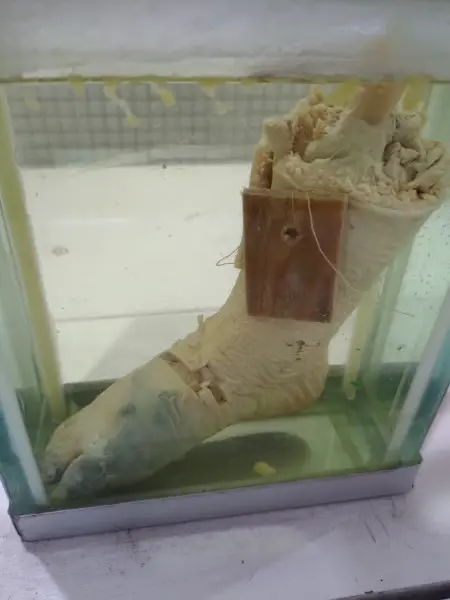
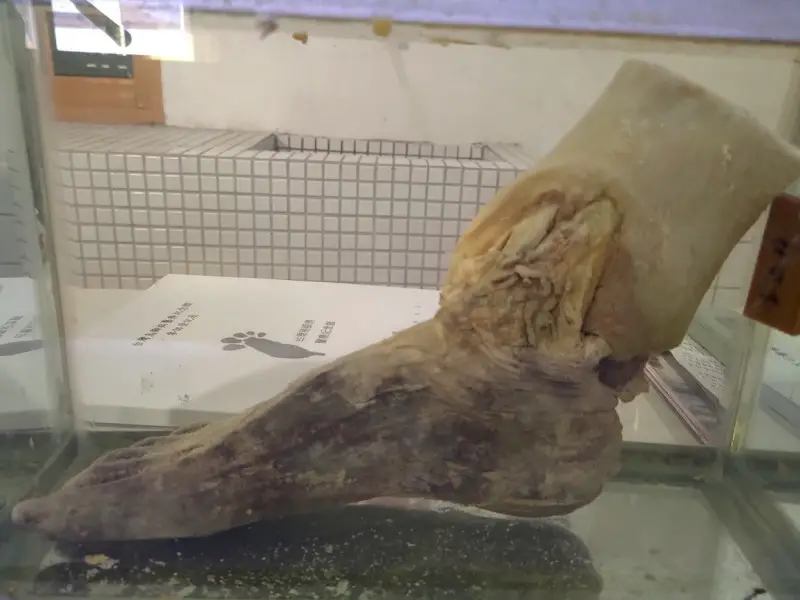
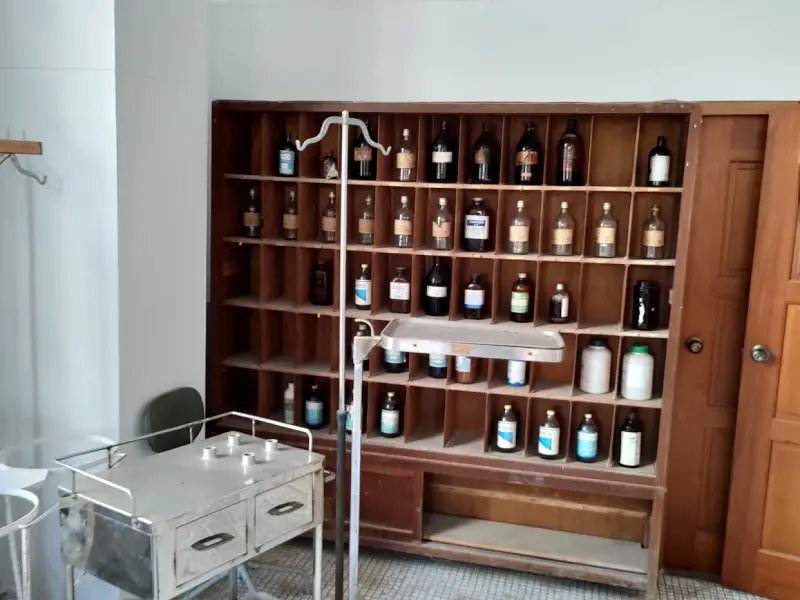

The Taiwan Blackfoot Disease Socio-Medical Service Memorial House
This a Blackfoot Disease Museum located in Beimen, Tainan, Taiwan, Dr Wang’s hometown. Its purpose is to commemorate the suffering of residents, and dedication of personnel. It started as a free clinic in 1957, for patients in South-western Taiwan, who were suffering from Blackfoot Disease. Dr. Wang Jinhe, along with his wife Lillian, The Mustard Seed Society, and Dr. Xie Wei, provided hope, support, and medical treatment during a dark and desperate time. A factory was built on the premises so the patients could craft and sell woven products to sustain themselves.
Mary Wang tenderly describes the days at the clinic as a “big family”. Dr. Wang retired when he was 82 years old, he found purpose and joy in helping so many people for so long. There was resistance from his community when he started the clinic, but his strong spirit wasn’t discouraged. Dr. Wang passed away in 2014 at the age of 97. Mary, along with the rest of the family and many friends, are keeping his legacy alive, and preserving the memories of all those who suffered.
For more info on the museum, email them at: blackfoot.tw@gmail.com
or visit their FB page:
https://m.facebook.com/blackfoot.tw/?_rdr
